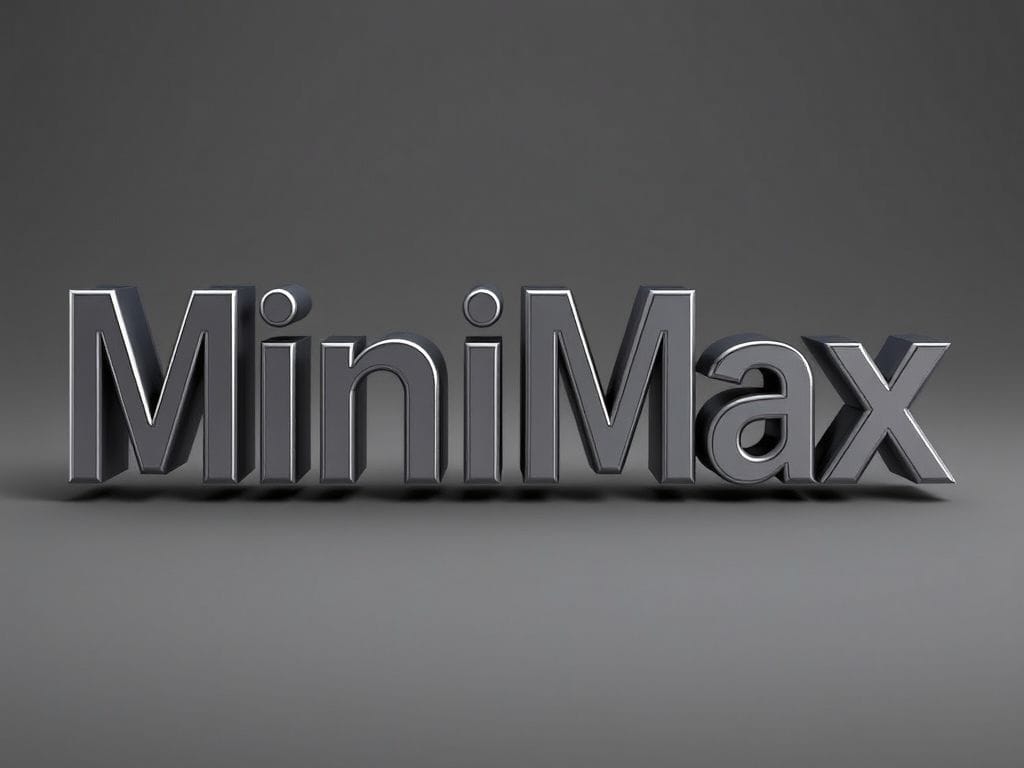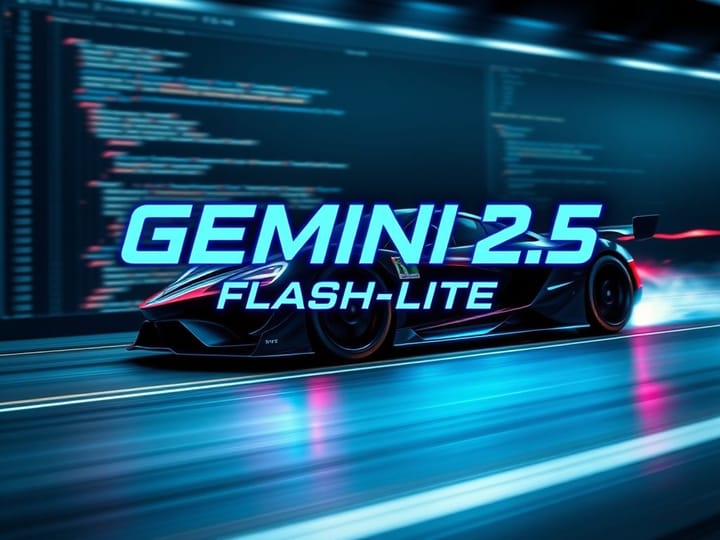MiniMax M1: Cost, Strengths, Weaknesses & Alternatives
MiniMax M1 Guide: Costs, where it shines (and where it doesn't), when to choose, plus cost table against GPT-4o mini, Llama 3.3 and Qwen 2.5 Turbo.

1. Why another post about large language models?
Generative AI is moving at break-neck speed, but price-per-token is still the wall every student, indie hacker and startup founder hits first. MiniMax M1 is the newest attempt to bulldoze that wall – promising GPT-4-class reasoning with a gigantic 1 million-token context window at a fraction of today's flagship prices. Let's unpack the real numbers, cut through the hype, and see where M1 actually fits in your toolbelt.
2. What exactly is MiniMax M1?
One-sentence definition: MiniMax M1 is an open-weight, hybrid Mixture-of-Experts (MoE) language-and-reasoning model sporting 456 billion total parameters (≈45.9 billion active per token) with a native 1 million-token context window. (arxiv.org)
2.1 Key architecture facts
| Feature | Detail | Why it matters |
|---|---|---|
| Total parameters | 456 B (45.9 B active) | MoE lets you "pay" compute only for the experts you activate. |
| Attention scheme | Lightning hybrid attention | Speeds up long-context reads without blowing up GPU memory. |
| Context length | 1 000 000 tokens | That's ~750,000 English words – about 7–8 full novels. (venturebeat.com) |
| License | Open-weight (Apache-2 style) | You can download weights, fine-tune, self-host. (github.com) |
3. How much does MiniMax M1 actually cost?
3.1 Training bill
MiniMax says M1's total pre-training bill came to ≈ US $534,700 – about 200 × cheaper than GPT-4's rumoured +US$100 million pre-train price.
3.2 Inference / API pricing (June 2025)
| Model variant | Input price (USD / 1M tokens) | Output price (USD / 1M) |
|---|---|---|
| M1-40k | $0.30 | $1.65 |
| M1-80k | $0.55 | $2.20 |
4. How does that compare on OpenRouter?
Below is a price grid using published OpenRouter rates (all USD, June 20 2025).
| Model (API) | Context window | Input $/M | Output $/M | MiniMax M1 input is… | MiniMax M1 output is… |
|---|---|---|---|---|---|
| MiniMax M1-80k | 80 k (1 M local) | $0.55 | $2.20 | – | – |
| GPT-4o mini | 128 k | $0.15 | $0.60 | 3.7 × higher | 3.7 × higher (reuters.com) |
| Llama 3.3 70B | 131 k | $0.05 | $0.25 | 11 × higher | 8.8 × higher (openrouter.ai) |
| Qwen 2.5 Turbo | 1 M | $0.05 | $0.20 | 11 × higher | 11 × higher (artificialanalysis.ai) |
5. Strengths of MiniMax M1
- Monster context window (1 M). Perfect for whole-codebase audits, multi-chapter novel edits, or hour-long transcript analysis without chunking.
- Competitive reasoning scores. MMLU-Pro 81.1 %, SWE-bench Verified 56 % – nudging close to Claude 3 Sonnet.
- Open weights, generous licence. Freedom to fine-tune offline. Ideal for research labs wary of closed SaaS.
- Hybrid MoE efficiency. Only ~10 % of parameters fire per token ⇒ manageable GPU memory for a model this size.
- Built-in function-calling & tool use. The official API ships with structured tool calls, search, image and voice synthesis endpoints.
6. Weaknesses & watch-outs
| Issue | Why it matters |
|---|---|
| Token speed (~19 tps) | Slower than GPT-4o (~150 tps) – user latency feels "sticky." |
| Higher blended cost than open-source rivals. | Llama 3.3, Qwen Turbo undercut M1 8-11× on tokens. |
| Large GPU footprint for 1 M context. | You'll still need high-RAM A100 / H100 or TPU v5e. |
| Early days for quantization. | Performance drop reported for 4-bit builds. |
| Sparse global community. | Far fewer tutorials & repos than Llama or GPT variants (for now). |
7. When should you pick MiniMax M1?
| ✅ Use M1 when… | ❌ Skip M1 when… |
|---|---|
| You must thread >128 k tokens in a single shot. | A 32 k-context Llama/Qwen solves the job cheaply. |
| You need close-to-GPT-4 reasoning in Chinese + English but can't afford GPT-4. | Response latency is critical (e.g. live chat). |
| You need full offline control / fine-tuning rights. | Data is ultra-sensitive & price is top concern – consider on-prem smaller models. |
| Your budget is mid-tier (>$2 per 1M tokens). | You can survive on sub-$0.10/M pricing (marketing chatbots, keyword expanders). |
8. Cheaper alternatives with comparable capabilities
8.1 Qwen 2.5 Turbo (Alibaba)
- Context: 1 M
- Price: $0.05 in / $0.20 out – ~11 × cheaper than M1.
- MMLU ≈ 78 % (Turbo config).
- Ideal for: Low-latency multi-language chatbots, doc QA.
8.2 Llama 3.3 70B (Meta)
- Context: 131 k
- Price: $0.05 / $0.25.
- Strength: Open source, giant ecosystem, fast 4-bit quant.
- Gap: Loses long-context advantage.
8.3 GPT-4o mini (OpenAI)
- Context: 128 k
- Price: $0.15 / $0.60.
- Benchmark: 82 % MMLU – edges M1 by ~1 pt.
- Pro: Best-in-class vision support.
- Con: Closed weights, still 3–4× pricier than cheapest OSS.
Rule-of-thumb: If token cost tops your priority list, start with Qwen Turbo → Llama 3.3 → GPT-4o mini, and graduate to MiniMax M1 only when you truly need its million-token memory.
9. Conclusion
MiniMax M1 lands in a sweet – yet narrow – niche: ultra-long context + solid reasoning at mid-tier cost. If your workload fits that template (think massive literary analysis, legal discovery, full-repository code refactors), M1 is a compelling pick.
For most student projects and content apps chasing rock-bottom cost, Qwen Turbo or Llama 3.3 still rule. But keep a close eye: as quantization improves and the open-weight community matures, M1 (or its inevitable M2 successor) might soon rewrite today's cost tables entirely.
Quick recap (TL;DR)
- Cost: $0.55 / $2.20 per M tokens (in/out) – 4–5× cheaper than GPT-4o but ≈10× dearer than Qwen/Llama.
- Strengths: 1 M context, ≥81 % MMLU, open weights, tool calls.
- Weaknesses: Slower generation, still pricier than lean OSS, hefty VRAM.
- Use when: You must feed >128 k tokens or need open-weight GPT-4-ish reasoning.
- Cheaper peers: Qwen 2.5 Turbo, Llama 3.3 70B, GPT-4o mini.
Happy building, and may your tokens be ever affordable!



Comments ()